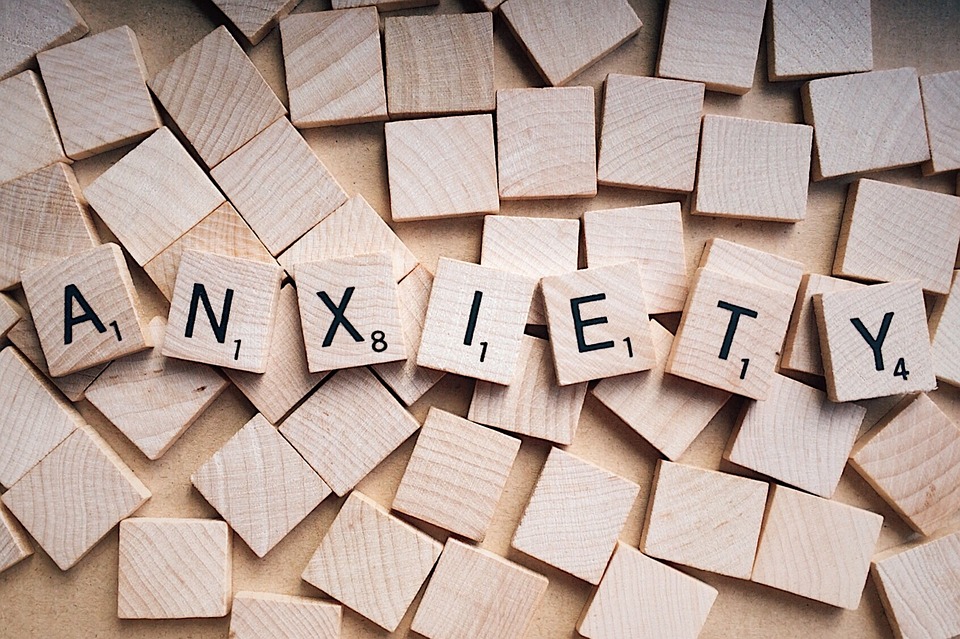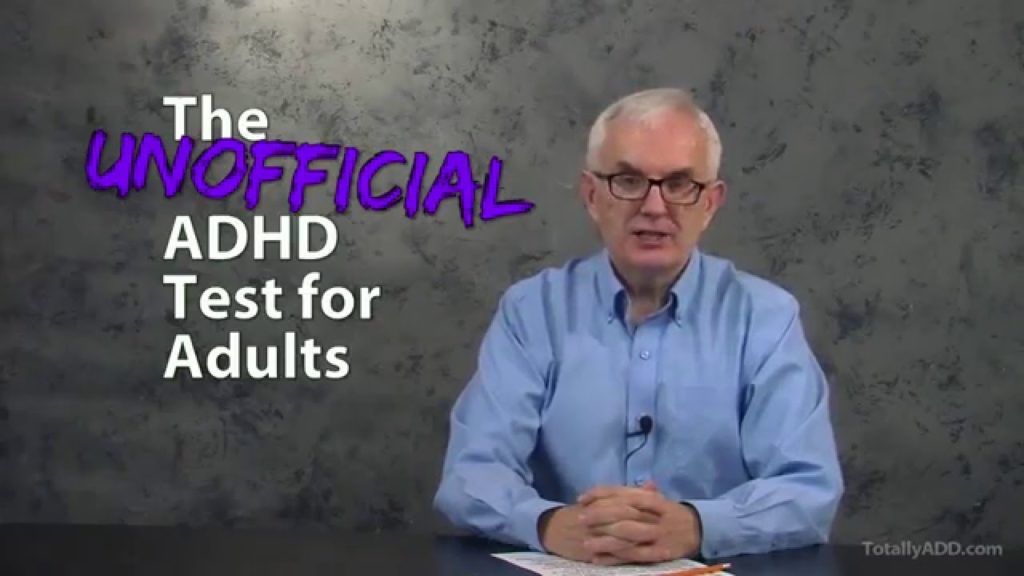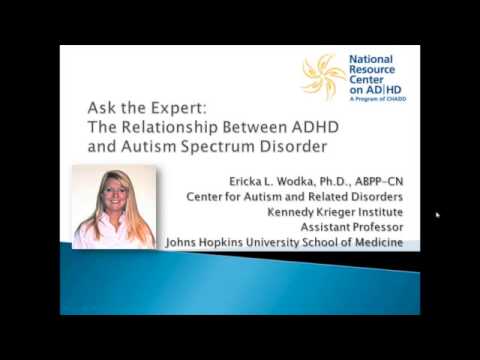What are the signs of anxiety in children?
Anxiety can make a child feel scared, panicky, embarrassed or ashamed.
Some of the signs to look out for in your child are:
finding it hard to concentrate
not sleeping, or waking in the night with bad dreams
not eating properly
quickly getting angry or irritable, and being out of control during outbursts
constantly worrying or having negative thoughts
feeling tense and fidgety, or using the toilet often
always crying
being clingy all the time (when other children are ok)
complaining of tummy aches and feeling unwell
Your child may not be old enough to recognise why they’re feeling this way.
The reason for the anxiety (if there is one) will differ depending on the age of the child. Separation anxiety is common in younger children, whereas older children and teenagers tend to worry more about school performance, relationships or health.
What types of anxiety do children and teenagers experience?
Common types of anxiety in children and teenagers are described below.
A fear or phobia about something specific
Children are commonly afraid of things like monsters, dogs or water. This is a perfectly normal part of growing up, but has the potential to become a phobia (a type of anxiety disorder) when the fear becomes overwhelming and affects your child’s day-to-day life.
Read about phobias.
Feeling anxious for most of the time for no apparent reason
While it’s normal for children to frequently have fears and worries, some anxious children may grow up to develop a long-term condition called generalised anxiety disorder when they become a teenager or young adult.
Generalised anxiety disorder causes you to feel anxious about a wide range of situations and issues, rather than one specific event.
People affected by it feel anxious most days and often struggle to remember the last time they felt relaxed.
Read more about generalised anxiety disorder.
Separation anxiety
Separation anxiety means a child worrying about not being with their parent or regular carer.
It is common in young children, and normally develops at about six months of age. It can make settling into nursery or school or with a child minder very difficult.
Separation anxiety in older children may be a sign that they’re feeling insecure about something – they could be reacting to changes at home, for example.
Social anxiety
Social anxiety is not wanting to go out in public, see friends or take part in activities.
Social ‘shyness’ is perfectly normal for some children and teenagers, but it becomes a problem – ‘social anxiety disorder’ – when everyday activities like shopping or speaking on the phone cause intense, overwhelming fear. Children affected by it tend to fear doing or saying something they think will be humiliating.
Social anxiety disorder tends to affect older children who have gone through puberty.
Read more about social anxiety disorder.
School-based anxiety
Some children become anxious about going to school, schoolwork, friendships or bullying, especially if they’re changing school or moving up a level.
They may not always share these worries with you, and instead complain of tummy aches or feeling sick. One of the signs is crying or seeming tired in the morning.
This may be a problem that needs tackling if it is significantly affecting their daily life (see below).
Less common anxiety disorders
Post-traumatic stress disorder and obsessive compulsive disorder are other anxiety disorders that can occasionally affect children, but are usually seen in adults.
It’s rare for children to have panic attacks.
When is anxiety a disorder that needs treating?
It is probably time to get professional help for your child’s anxiety if:
you feel it is not getting better or is getting worse, and efforts to tackle it yourself have not worked
you think it’s slowing down their development or having a significant effect on their schooling or relationships
it happens very frequently
How serious can it be?
Long-term anxiety can severely interfere with a child’s personal development, family life and schooling.
Anxiety disorders that start in childhood often persist into the teenage years and early adulthood. Teenagers with an anxiety disorder are more likely to develop clinical depression, misuse drugs and feel suicidal.
This is why you should get help as soon as you realise it’s a problem.
Where should I go for help?
Seeing your GP
You can talk to your GP on your own or with your child, or your child might be able to have an appointment without you. The doctor should listen to your concerns and offer some advice about what to do next.
Your child may be referred to the local child and adolescent mental health service (CAMHS), where the workers are trained to help young people with a wide range of problems. Professionals who work in CAMHS services include psychologists, psychiatrists and psychotherapists. They should offer help and support to parents and carers as well as the child. Learn more about CAMHS.
Youth counselling services
If your child doesn’t want to see a doctor, they may be able to get help from a local youth counselling service.
Youth counselling services are specially set up for young people to talk about what’s worrying them, and get advice.
For more information, visit Youth Access, the largest provider of young people’s advice and counselling services in the UK.
Telephone or online help
Telephone helplines or online services can be helpful for children and young people, who may feel it’s easier to talk to someone who doesn’t know them. See Where can I go for further information and support?
How can an anxiety disorder be treated?
The type of treatment offered will depend on what is causing your child’s anxiety.
Counselling
It can be helpful for your child to talk in confidence about what is worrying them to a trained person, especially as it’s someone they don’t know.
If your child is being seen at CAMHS, they might see a child and adolescent psychotherapist or a clinical psychologist. If they are at a youth counselling service, it will be a trained youth counsellor or psychotherapist.
These sessions can help them work out what is making them anxious and how they can work through the situation.
Cognitive behavioural therapy
Cognitive behavioural therapy (CBT) is a talking therapy that can help your child manage their problems by changing the way they think and behave.
It has been proven to help with anxiety that isn’t severe, and is commonly offered to young people who are anxious.
Your child will work with the therapist to find ways to change the way they think and find strategies for coping in situations that make them anxious. They’ll usually have 9-20 sessions.
It’s not clear whether CBT is effective for children younger than six years of age.
Learn more about CBT.
Medication
If your child’s anxiety problem has not got better, your doctor may talk to you about trying medication.
A type of antidepressant, called a selective serotonin reuptake inhibitor (SSRI), may help your child feel calmer and differently about things.
Antidepressants usually take around two to four weeks to work properly, so you or your child may not notice the difference immediately.
It’s natural to be concerned about side effects. Your child should be aware of any possible adverse effects and should tell you or their doctor if they happen. Read more about SSRIs.
What can I do to help my child?
If a child is experiencing anxiety, there is plenty parents and carers can do to help. First, it’s important to talk to your child about their anxiety or worries. Read our advice on How to help your anxious child.
Why are some children affected and others not?
Genes and personality
Some children are simply born more nervous and anxious and less able to cope with stress than other children.
A child’s anxious personality may be partly determined by the genes they’ve inherited from their parents. Parents of anxious children may recognise the signs and remember feeling and behaving the same when they were younger.
Stressful environment
Children can pick up anxious behaviour from being around anxious people. If you’re worried that your child might be influenced by our own behaviour, you might want to listen to these podcasts offering advice about anxiety and worry and explaining how you can take control of your anxiety.
Some children can also develop anxiety after a series of stressful events. They may be able to cope with one of these events, but several difficult events together may be too much for them to cope with. Examples are:
Frequently moving house and school – it can be hard to settle when you’re always expecting change
Divorce or separation of parents, especially when there are new step parents and siblings (although many children will adapt to this and settle in time)
Parents fighting or arguing
Death of a close relative or friend
Becoming seriously ill or injured in an accident
Having someone in the family who is ill or disabled
School-related issues such as homework or exams, or bullying or friendship problems
Becoming involved in crime
Being abused or neglected
Medical conditions
Children with certain conditions such as attention deficit hyperactivity disorder (ADHD) and autistic spectrum disorders may experience anxiety as part of the symptoms of their condition, because of differences in the way their brain functions.
How common are anxiety disorders in children?
Nearly 300,000 young people in Britain have an anxiety disorder.
In the UK, anxiety disorders are estimated to affect 5-19% of all children and adolescents, and about 2-5% of children younger than 12.
Separation anxiety is the most common anxiety disorder in children younger than 12.
Where can I go for further information and support?
Royal College of Psychiatrists: mental health and growing up




